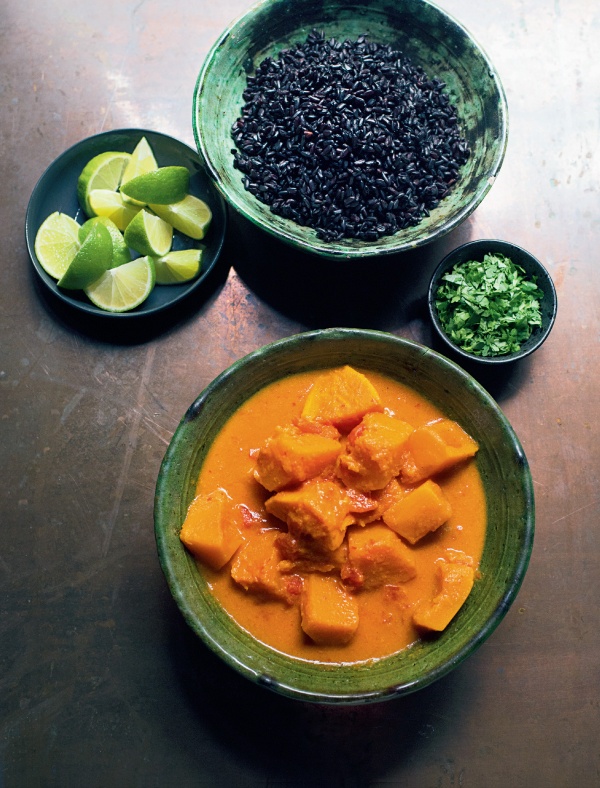What Is Over Mixing?
Asked by Mona72. Answered on 24th June 2011
Full question
In some cake or cupcake receipes you mention "....to avoid over-mixing..". What will happen to a cake/cupcake when you over-mix (how does it affect the cake/cupcake)?
Our answer
Flour contains two proteins, gliadin and glutenin. They react with liquids and join together to form long strands of gluten - which provides structure in baked goods. Some gluten development is needed since the gluten stretches as a cake or bread rises and sets as it bakes, trapping air bubbles in the baked goods. However gluten can become very tough, creating a more chewy texture - this is desirable in breads but not in pastry, cakes and muffins which should be more tender.
Liquids, salt and mixing all toughen gluten - hence bread dough is kneaded to develop the gluten which is needed in this case. But for cakes and muffins a much lighter touch is required. In particular muffins, which tend to contain a higher proportion of gluten strengthening liquids (like milk and juice) than cakes. Therefore muffin batter should be mixed as little as possible to prevent toughening the gluten further and most recipes suggest that leaving a few lumps in the batter is fine.
For sponge cakes, such a Victoria Sponge, there is only a minimal amount of liquid and the flour is gently folded in so the cake should be tender. However, over-mixing will tend to knock out the air that has been beaten into the butter, sugar and eggs so over-mixing is more likely to lead to a cake which doesn't rise properly. For pastry the fat is rubbed into the flour first and the fat coats the glutens, protecting them to an extent from the liquid when it is added. But again, too much liquid or rough handling will start to develop the gluten and result in a tough pastry.
In the US, where cake batters tend to have more added liquids (such as buttermilk, yogurt or sour cream) than a Victoria sponge, low protein cake flour is popular as it produces less gluten and will give a more tender cake crumb. Often flour is also mixed into the batter in 2 or 3 additions, alternating with the liquid, to reduce the gluten formation.





Tell us what you think
Thank you {% member.data['first-name'] %}.
Explore more questionsYour comment has been submitted.